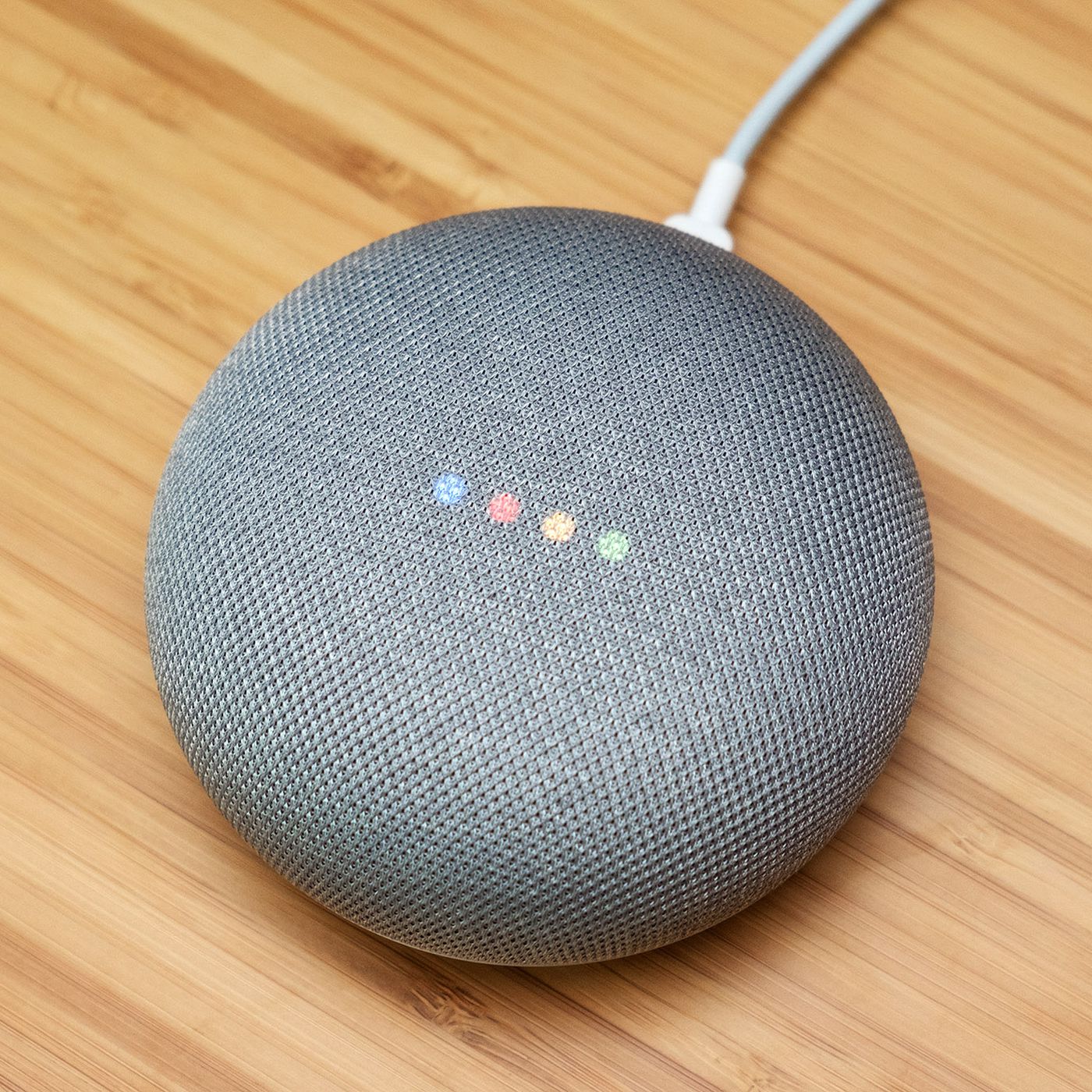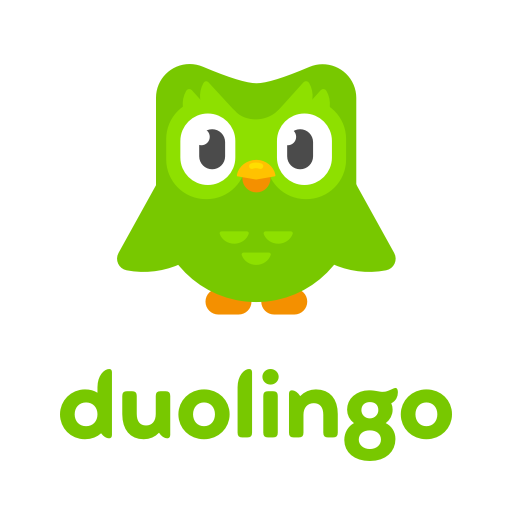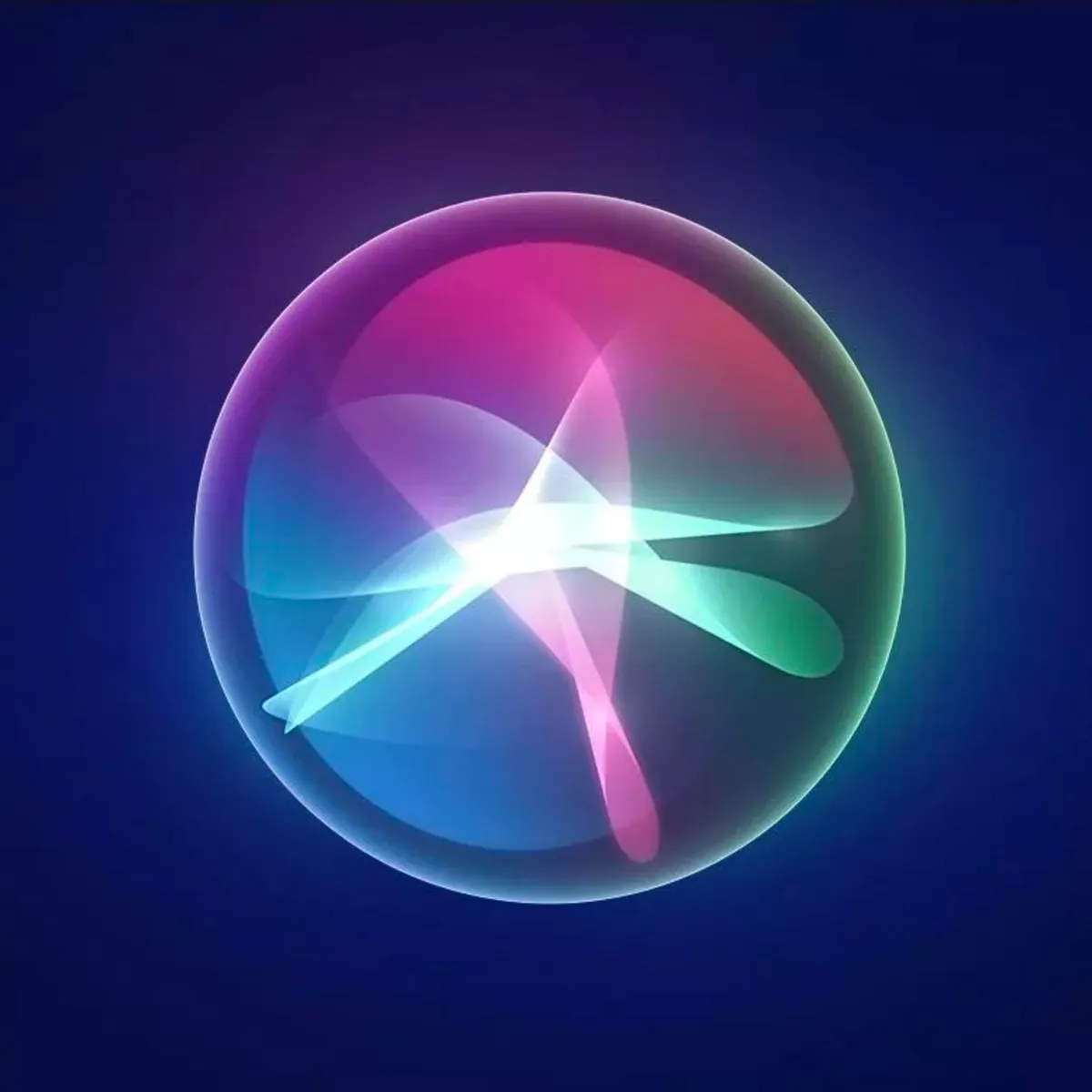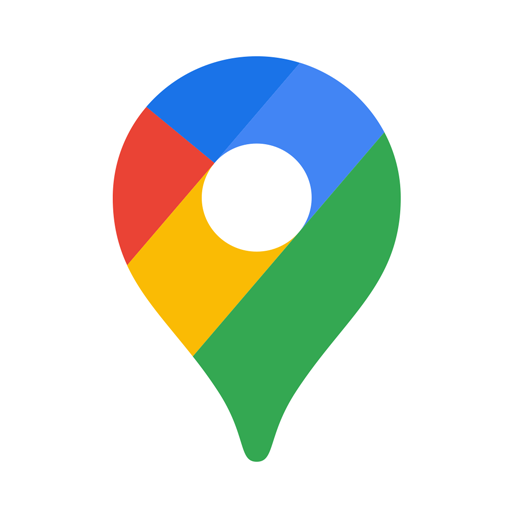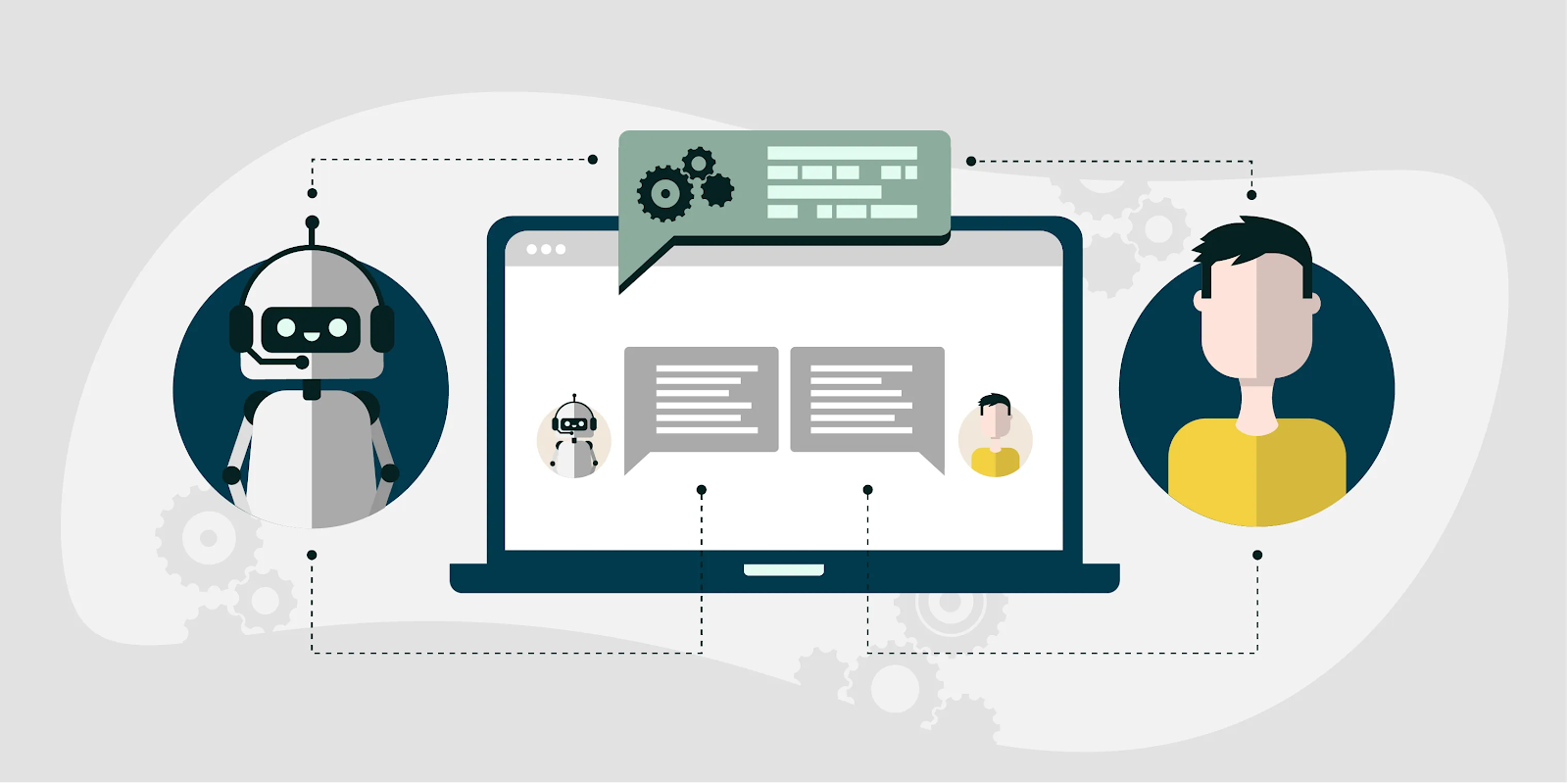What Is Natural Language Processing (NLP)?
Natural language processing (NLP) is the branch of artificial intelligence that focuses on building machines that can manipulate human language in a way that it is written, spoken, and organized. It's primary goal is giving computers the ability to understand text and spoken words similarly to how human beings can. It evolved from computational linguistics, which uses computer science to understand the principles of language, but instead of only theorizing on solutions, NLP is an engineering discipline that builds real-world technology to accomplish its goals.
NLP can be broken up into two overlapping subfields: natural language understanding (NLU) and natural language generation (NLG). NLU focuses on semantic analysis or determining the intended meaning of text. NLG focuses on text generation by a machine. While it is its own, separate disciple, NLP is often used in partnership with speech recognition, an area that works to transform spoken language into words, turning sound into text and vice versa.
NLP is the driving force behind computer programs that translate text from one language to another, respond to spoken commands, and summarize large volumes of text rapidly—even in real time. combines computational linguistics—rule-based modeling of human language—with statistical, machine learning, and deep learning models. Together, these technologies enable computers to process human language in the form of text or voice data and to ‘understand’ its full meaning, complete with the speaker or writer’s intent and sentiment.
NLP is being used in our day-to-day lives right under our noses! It takes shape in the form of voice-operated GPS systems, digital assistants, speech-to-text dictation software, customer service chatbots, and other consumer conveniences. It is also playing a growing role in enterprise solutions that help streamline business operations, increase employee productivity, and simplify mission-critical business processes.
Some Friendly Faces
